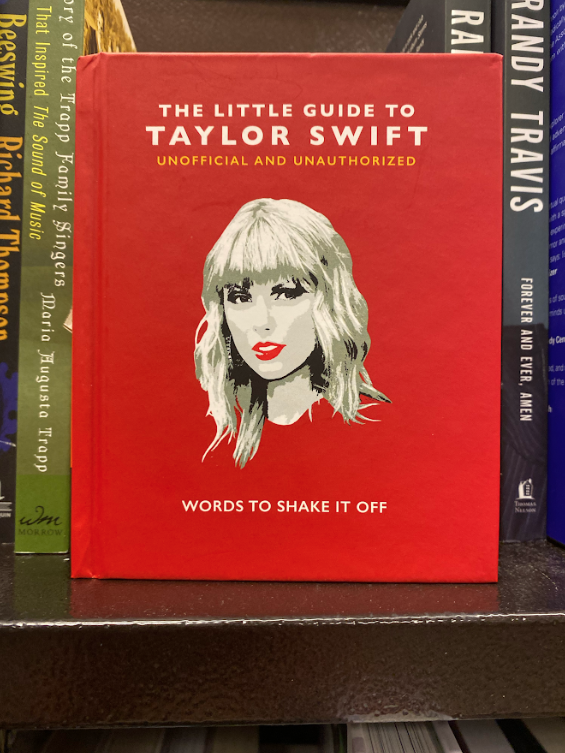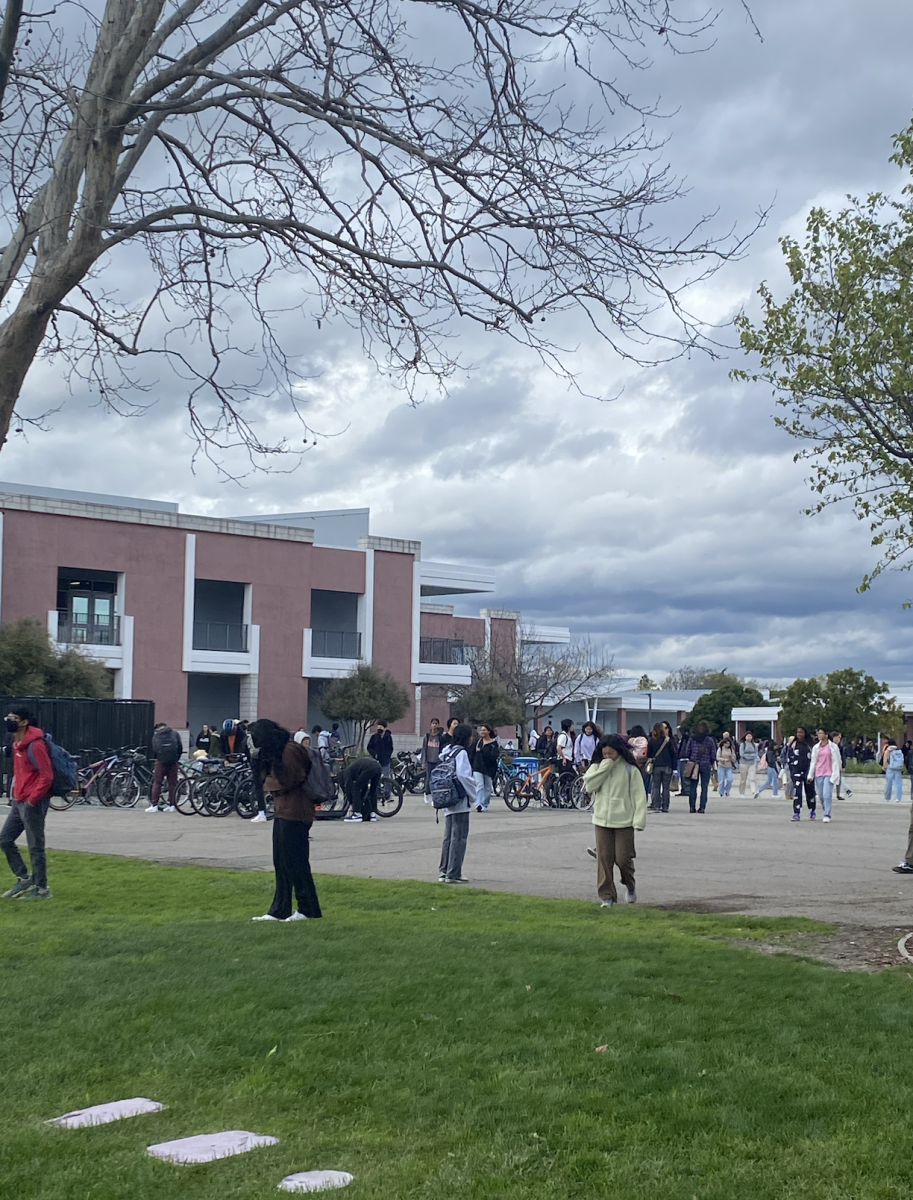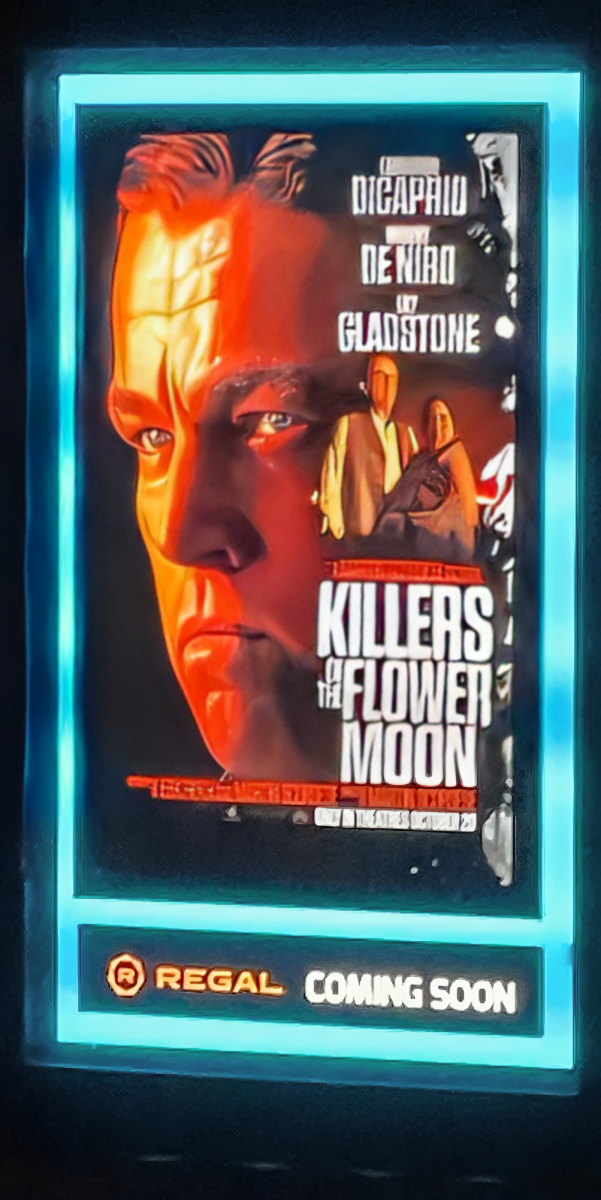Martin Scorsese is tired. In 2013, he released The Wolf of Wall Street, a rambunctious and lewd biopic on notorious criminal and finance bro darling Jordan Belfort. Scorsese’s films are often characterized by their frenetic pace, incessant classic rock soundtracks, electric montages, and dark humor. Wolf takes it to an extreme, maintaining an unyielding intensity and energy throughout its entire three-hour runtime. Beneath the debauchery and excess, the film offers a scathing view of white-collar crime, the American justice system, the moral rot of the American dream, and a cautionary tale of capitalism in the modern age and the social alienation it engineers. It appears that making the film burnt the then 71-year-old Scorsese out, for his oeuvre has taken a bleaker, emptier, more contemplative turn. Killers of the Flower Moon is his saddest work to date, leaving the viewer with an immense sense of emptiness.
Watching his films is like seeing the essence of America laid bare. Taxi Driver ingeniously deconstructs the cowboy mythos, echoing and advancing the thematic explorations of Ford’s The Searchers. It offers a chilling dissection of American militarism and the media, holding a mirror to the society that is both reverent and terrified of them. In Casino, he portrays the inception of Las Vegas, garish capitalist excess constructed atop bodies buried in the desert. The King of Comedy lambasts celebrity culture in an incredibly prescient way. Killers of the Flower Moon recounts one of the darkest and most misrepresented chapters of our history–the serial murders of the Osage, known amongst the tribe as the Reign of Terror. The life, culture, and genocide of indigenous Americans have been long garbled in Hollywood, from the Cowboys and Indians westerns of the ‘50s to the White-centric pseudo-progressive Oscar bait dramas of today. Killers almost fell into the latter category.
Initially, this was not a film about the Osage; rather, the birth of the FBI and their investigation into the Osage murders, starring Leonardo DiCaprio as Tom White, a federal agent. As production continued, Scorsese and DiCaprio realized that their work was emotionally hollow. DiCaprio said in an interview with Vogue, “It just didn’t feel like we got to the heart of it.” They shifted the focus entirely, putting the FBI narrative on the back burner and centering on the marriage between Osage woman Mollie Kyle and Ernest Burkhart, one of the masterminds of the murders (recasting DiCaprio as Burkhart). As a result, the film minimizes the trademark Scorseseisms in favor of a beautiful and bloodcurdling romance.
Killers of the Flower Moon is a film focused on underlying implications and the subtleties beneath the surface. The film eschews grandiose scenes where Burkhart or his uncle, William Hale—a menacing and morbidly hilarious Robert DeNiro—unravel an elaborate get-rich-quick scheme. There’s no epic rise-and-fall narrative, the film is rather shapeless. The murderous relationship between the Osage and their white suitors is portrayed not as a perversion, but as a natural extension of American history. The exploitation of the Osage people is depicted as a deeply ingrained aspect of the nation’s culture and psyche. Burkhart, who loves, dotes on, and worships his wife, sees her as the only woman in the world, and administers a bit of poison to her every night, intending her slow demise. By day, he murders her people, returning home to watch their children. For Ernest and Hale, love for the Osage and violent greed coexist seamlessly. They embed themselves in the community and learn its customs, only to methodically murder them. This approach renders the film uniquely disturbing, portraying the relationship between Indigenous and White Americans as insidiously subtle rather than overtly sinister.
The recent deceleration of Scorsese’s cinematic tempo is a reflection of an artist grappling with the immutable nature of the world he has long sought to dissect and understand. His films initially pulsed with an energy that mirrored his incisive commentary on nationalism, culture, capitalism, and masculinity. Despite the passing decades and seismic shifts in the global landscape, Scorsese confronts a disheartening realization: the core issues he has tirelessly explored remain largely unchanged. The tonal shift of his work that began with Silence is a reflection of Scorsese’s weariness, one born from a lifetime of watching the wheels of society turn, only to tread the same ground. It is through this lens that we can dissect the fascinating metatextuality in the relationship between Hale and Burkhart, played by DeNiro and DiCaprio respectively. Scorsese’s two favorite muses, a generation apart, are utilized to depict the stubborn and cyclical nature of violence and toxic masculinity in this country, passed on from father to son, uncle to nephew. It is incredibly difficult to break out of, as Burkhart (and Scorsese) know.
There was much debate preceding and following the release of the film on whether Scorsese, an Italian-American, was the right person to tell such a culturally sensitive tale. This is a legitimate perspective, and one Scorsese acknowledges in the film’s closing scene, one of its most poignant moments. The narrative shifts to a unique and evocative setting–a live radio drama–which elegantly weaves the final threads of the story together. The final fates of each character are narrated to both the film’s live and real audience, something that would be left to title cards by any other director. The final words are delivered by Scorsese himself, who subtly laments how this tragedy has been forgotten in the annals of history. It is a beautiful and profound moment that interrogates the role of the storyteller, the complexities of historical & cultural representation, and the pervasive gray area in depicting atrocities. It is both an outcry at the scribes of history for allowing the plight of the Osage, an outcry against the audience for being complicit in this ignorance, and Scorsese questioning his voice.
“Her obituary in the local paper said simply […] Mrs. Molly Cobb […] was a full-blood Osage […] she was buried in the old cemetery on Grayhorse […] there was no mention of the murders.”



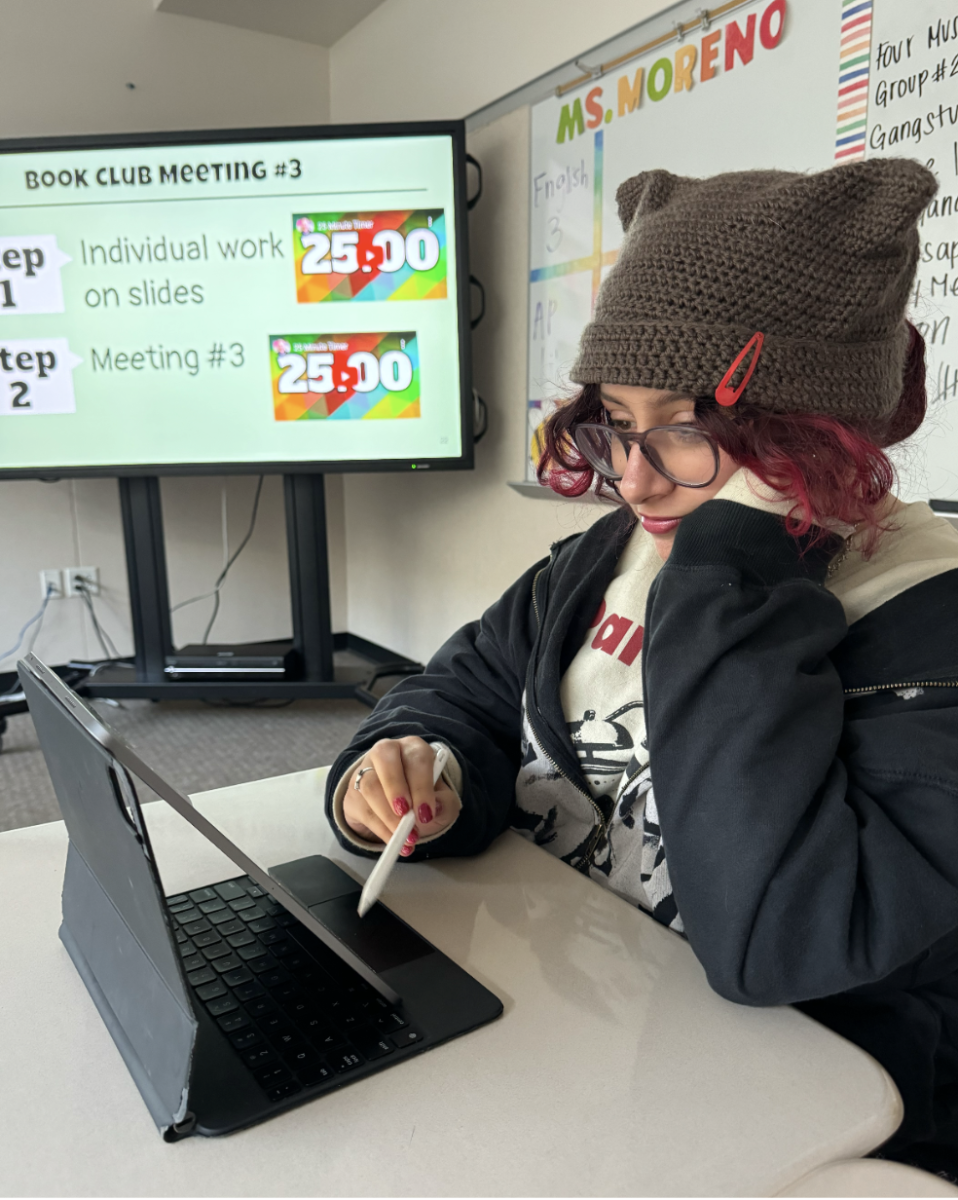
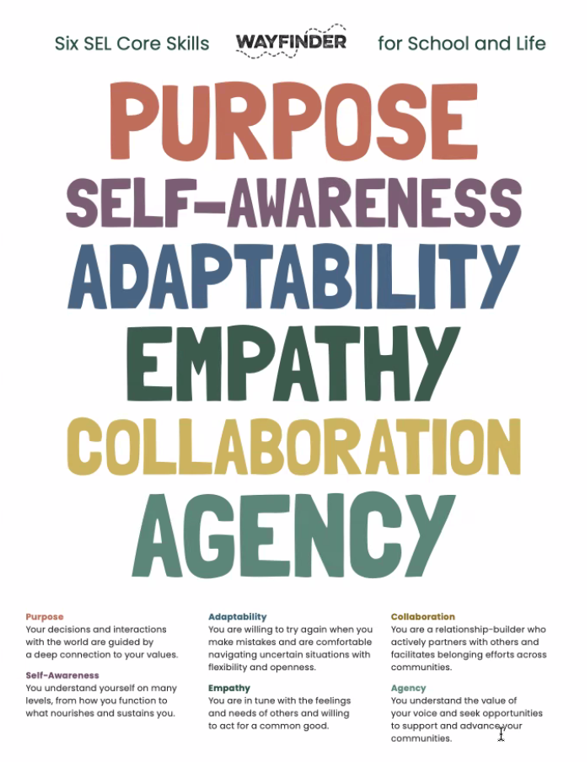
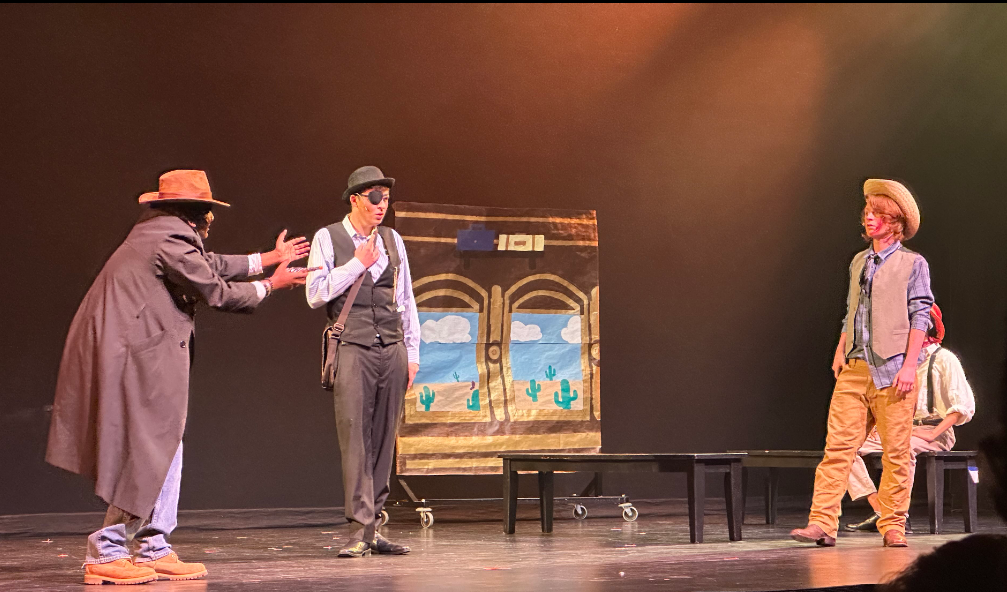



![[Book Review] Weapons of Math Destruction: The insidious danger of Big Data](https://thedublinshield.com/wp-content/uploads/2024/06/wmdsarticle-727x1200.jpg)
